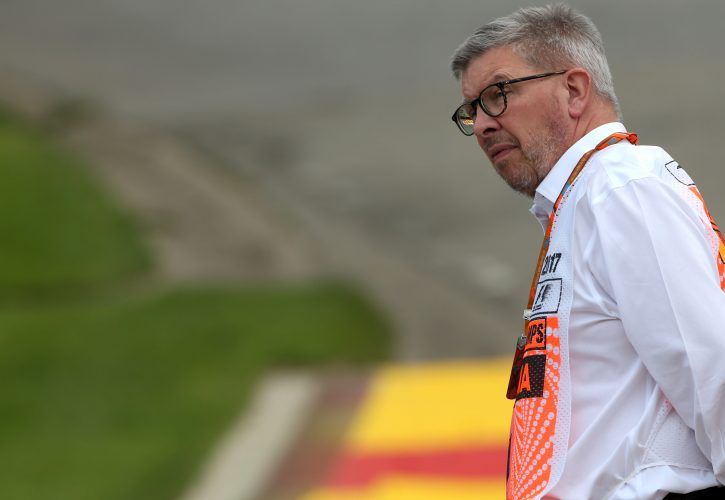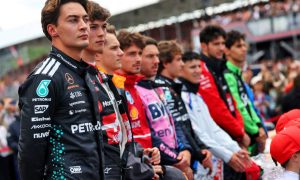
Ross Brawn says he is "quite excited" by the initial results from the aerodynamic research work conducted by his team as it works to define F1's future regulation platform.
F1's sporting manager has put together a team of specialists to improve the understanding and impact of aerodynamics in Formula 1.
Brawn's technical department, headed by former Williams aero chief Jason Sommerville, has acquired Manor's 2017 model while teams have agreed to supply the unit with confidential CFD data to help with its work and analysis.
"We've bought the geometry of the old Manor 2017 car because we wanted to have a generic model that we could use in CFD modelling to at least give us a basis," says Brawn.
"We know the Manor car is not a front-line F1 car but the geometry is there for the 2017 regulations and that's all working there.
"We have a model of two cars running together and we've carried out all the initial work. Now the season has finished, the teams are going to start giving us their 2017 cars to have more representative models to look at.
"We've been putting in place the confidentiality agreements with the teams and they are going to start providing us with representative models to run in our CFD program.
"I'd say the team of people we are putting together is about 75% complete, there's a couple more to join in the new year, and that's all going very well.
"I'm quite excited about it and there's things that we'll be able to show you early next year that will demonstrate what we are trying to do."
Brawn's research team seeks to better improve its understanding of aerodynamics in the context of close racing.
Higher downforce introduced in 2017 has resulted in faster cars but to the detriment of overtaking which has decreased this year, according to a comprehensive study by F1 tyre supplier Pirelli.
With unlimited access to advanced CFD tools and technology, Brawn is hoping to optimize aero configurations which would allow for better and closer racing by minimizing the negative effects of turbulent air.
"One of the interesting things for us is that we don't have the limitations on the CFD technology and capacity that the teams do with the regulations," Brawn said.
"They have quite strict rules about how much CFD they can do and what type of processes they can use.
"We don't have that and it's slightly opened our eyes in a way as to where F1 is and where the world is -- and the world has overtaken F1 by a long way in terms of CFD.
"So the capacity we have and ability to do what we need to do is far in excess of any F1 team."
Gallery: The beautiful wives and girlfriends of F1 drivers
Keep up to date with all the F1 news via Facebook and Twitter






